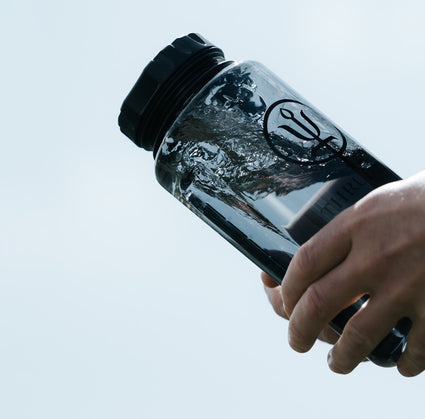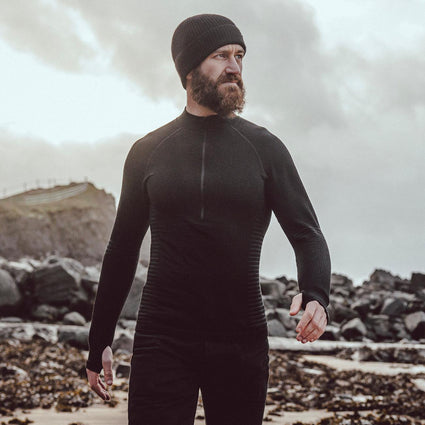Trail running isn’t for the faint of heart. It's a relentless test of endurance, agility, and mental fortitude. Unlike the smooth pavement and predictable rhythm of road running, the uneven surfaces, steep climbs and gruelling terrain make trail running a different challenge altogether.
One moment you’re dashing downhill at full speed, dodging tree roots and rocks, and the next you’re scrambling up a sharp incline, heart racing and legs burning. But it's in these moments of doubt and fatigue that the true beauty of trail running reveals itself. You break down, you push through, and emerge stronger than ever. When you finally reach the finish line, covered in dirt and drenched in sweat, you'll know that every step was a hard-earned victory.
This guide will arm you with the essentials of trail running — what to bring, how to prepare, and what to expect when you trade the pavement for the wilderness.


























